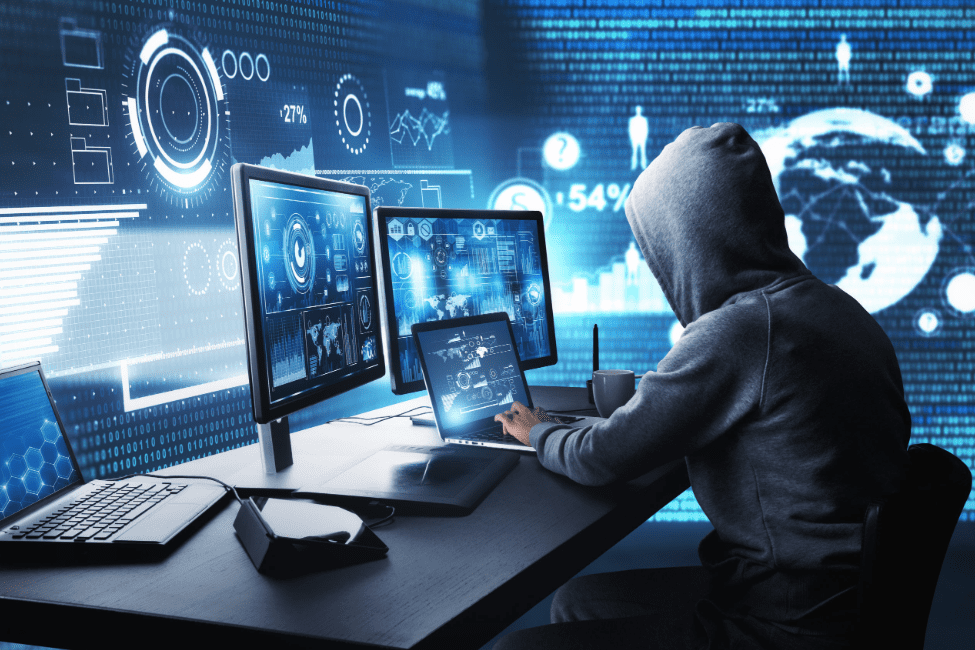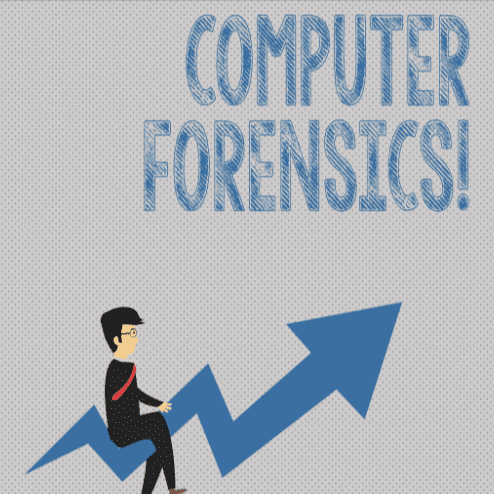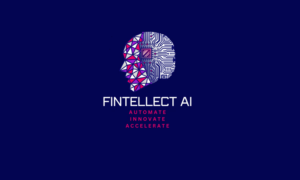Definition of Computer Forensics
The field of computer forensics is a rapidly growing area of investigation and analysis that deals with the use of technology to uncover evidence in criminal and civil investigations. Computer forensics involves the use of specialized tools and techniques to identify, collect, analyze, report, and preserve digital evidence.
Computer forensics is used by law enforcement agencies as well as private companies for a variety of purposes. It can be used to investigate cyber crimes such as fraud or identity theft, as well as more traditional crimes like murder or extortion. Computer forensics can be used by attorneys during litigation to determine if evidence presented was obtained legally or if it was tampered with in any way, contact us today for a free computer forensics.
To begin a computer forensic investigation, an investigator must first locate digital evidence that may be stored on computers or other electronic devices such as cell phones. This could include emails, text messages, photographs, videos or even deleted files that have been recovered using special software designed for this purpose. Once located the data must then be analyzed using special tools designed to detect discrepancies between what was found on the device versus what it should contain based on information supplied by the user (such as logs). The analyst will also look at meta-data associated with each file which can provide valuable insight into when it was
Types of Computer Forensics
Computer forensics is an important field of study that involves investigating digital evidence for use in criminal and civil court cases. It involves the application of computer science, investigative techniques, and analytical methods to obtain digital evidence from computers, networks, mobile phones, and other digital storage media. This evidence can then be used to identify suspects or prove guilt in a variety of crimes.
There are several different types of computer forensics that can be employed depending on the specific case at hand. These can include data recovery, network forensics, malware analysis, email analysis and database analysis.
- Data Recovery: Data recovery is a process used to recover lost or damaged data from a variety of sources such as hard drives or flash drives. This type of computer forensics is often necessary when there has been some sort of physical damage to the storage media or when the operating system has crashed due to software corruption or malicious attack. Specialized tools are often required in order to successfully recover data from damaged devices.
- Network Forensics: Network forensics involves tracking down malicious attacks on networks by analyzing network traffic logs and other associated files for suspicious activity such as port scans or denial-of-service attacks (DoS).
The Investigative Process
When it comes to solving a crime, the investigative process can be one of the most crucial elements in determining who is responsible and ensuring that justice is served. The investigative process begins with collecting evidence from the scene of a crime and interviewing witnesses or suspects. Once enough evidence has been gathered, investigators will then analyze it to develop a case against whoever may be responsible for the crime.
In order to conduct an investigation properly, investigators must use several different techniques and methods in order to properly collect evidence. These include interviewing witnesses or suspects, searching for physical evidence such as fingerprints or DNA samples at the scene of a crime, conducting surveillance operations if necessary and analyzing any digital data associated with the incident. All this information must then be compiled into a thorough report so that investigators can draw conclusions from their findings.
The next step in an investigation is often obtaining search warrants if necessary in order to gain access to private property where more evidence might be located. Additionally, investigators may need to enlist help from other law enforcement agencies such as local police departments or federal agencies like the FBI if they are looking into a larger criminal network or organization behind the incident in question. This can involve further interviews with other individuals involved as well as analysis of additional digital data associated with those individuals as needed.
Challenges in Computer Forensics
Computer forensics is a rapidly growing field due to the increasing use of computers and digital storage devices. As these technologies become more complex, so do the challenges associated with computer forensics. In this article, we will discuss some of the common challenges faced by computer forensic investigators.
The first challenge is data acquisition. In order to properly analyze a digital device, investigators must be able to acquire all relevant data from it. This includes recovering deleted files and extracting information from encrypted drives or partitions. The difficulty lies in doing this without compromising any evidence that may be present on the device. Investigators must also ensure that any evidence collected is stored in a secure manner, as it could potentially be used in court proceedings.
Another challenge is maintaining a chain of custody over evidence collected during an investigation. It’s important for investigators to document all steps taken when collecting and analyzing evidence, including who had access to it at each stage of the process and when those individuals had access to it. Additionally, if any changes are made to the original evidence along the way, these must also be documented thoroughly for legal purposes.
A third challenge involves dealing with technology advances and new security measures implemented by digital storage devices manufacturers or software developers which can make data extraction difficult.
Best Practices for Evidence Collection and Preservation
When it comes to evidence collection and preservation, best practices are essential for a successful investigation. Evidence collection and preservation is the process of gathering, securing, analyzing, and storing physical or digital evidence in order to be used as part of an investigation. Properly collecting and preserving evidence can help ensure that the integrity of an investigation is maintained from start to finish.
The first step in evidence collection and preservation is properly identifying any potential sources of evidence. This includes locating any documents or digital materials relevant to the case such as emails, text messages, social media posts, bank records, surveillance footage etc., which may be useful when conducting an investigation. Once all relevant sources have been identified they must be secured in a manner that ensures their credibility as well as protecting them from tampering or damage before they can be collected or analyzed.
The second step involves collecting all source material related to the case including paper documents and digital information stored on computers or other electronic devices. All potential sources of information should be collected using secure methods such as copying files via a write-protected USB drive rather than downloading them directly onto computers that may not have been secured beforehand; this will help protect the original material from being corrupted by malicious software while simultaneously maintaining its chain of custody throughout its processing.
Conclusion
Computer forensics is a powerful tool for investigating and recovering digital evidence from computers and other digital devices. It has become an essential part of the investigative process in almost any type of crime or civil dispute, enabling investigators to uncover electronic evidence that can be used as proof in court. As technology continues to evolve, computer forensics will remain an important tool for law enforcement agencies, businesses and individuals alike.





































